Windows pose a significant threat to birds, with hundreds of millions dying annually from collisions in the United States alone. These devastating crashes occur because birds cannot perceive glass as a solid barrier, especially when it reflects sky, clouds, or vegetation. The good news is that making your windows bird-safe doesn’t mean sacrificing aesthetics. In fact, many bird-friendly window solutions can enhance your home’s beauty while protecting our feathered friends. This comprehensive guide will walk you through practical, effective methods to create windows that are both safe for birds and visually appealing for humans.
Understanding Why Birds Collide With Windows
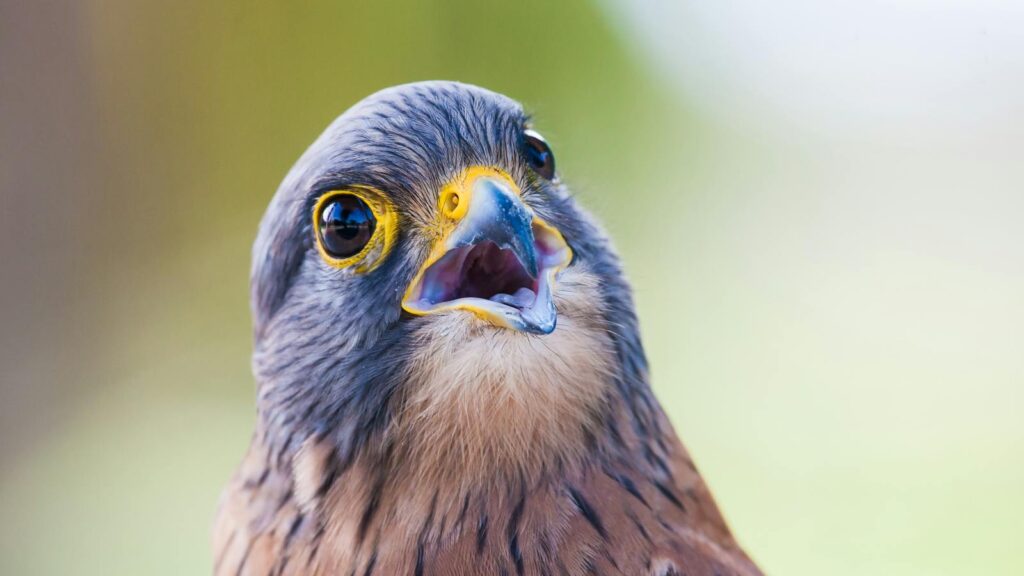
Birds crash into windows primarily because they cannot perceive glass as a solid barrier. Their vision works differently from ours, and they lack the cognitive ability to understand the concept of reflection or transparency. When windows reflect vegetation, sky, or other natural elements, birds see what appears to be an unobstructed flight path. During daylight hours, reflective windows become mirrors showing an inviting landscape; at night, illuminated windows can disorient nocturnal migrants. Seasonal behaviors also increase collision risk, particularly during spring and fall migrations when unfamiliar birds are passing through, or during breeding season when territorial birds may attack their own reflections. Understanding these biological and behavioral factors helps us develop more effective solutions to prevent these tragic collisions.
The Environmental Impact of Bird-Window Collisions
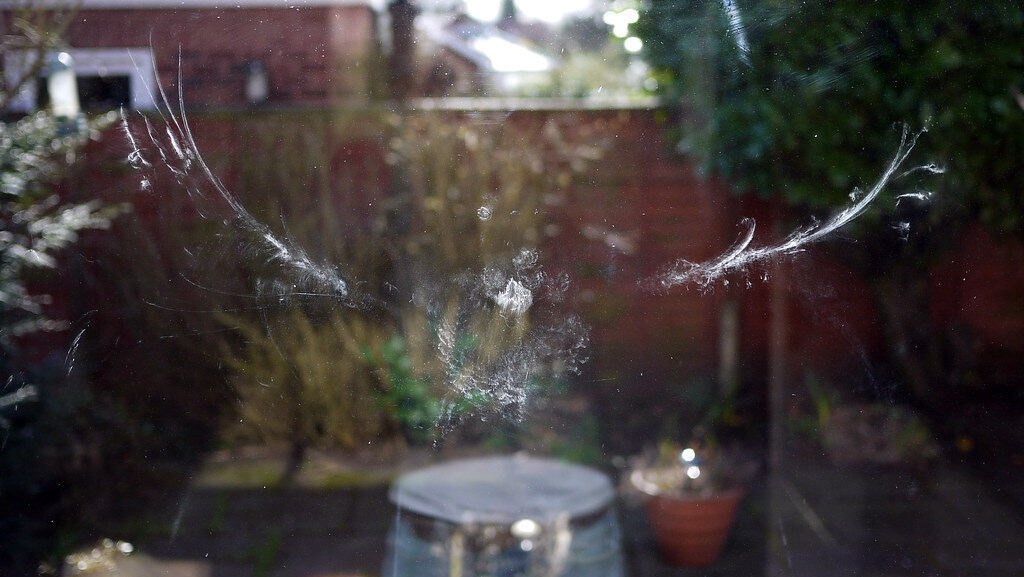
Bird-window collisions represent one of the largest human-caused threats to bird populations worldwide, with estimates suggesting between 365 million to 1 billion birds die annually in the United States alone from these accidents. These staggering numbers have significant ecological implications as birds provide vital ecosystem services including pest control, pollination, and seed dispersal. Window collisions affect species already vulnerable due to habitat loss, climate change, and other anthropogenic pressures, potentially accelerating population declines. Conservation efforts increasingly recognize window collisions as a serious conservation concern, particularly in urban environments where glass architecture dominates. By making your windows bird-safe, you’re not just protecting individual birds but contributing to broader conservation efforts that sustain biodiversity and ecosystem health in your community.
Visual Markers: The Most Effective Solution
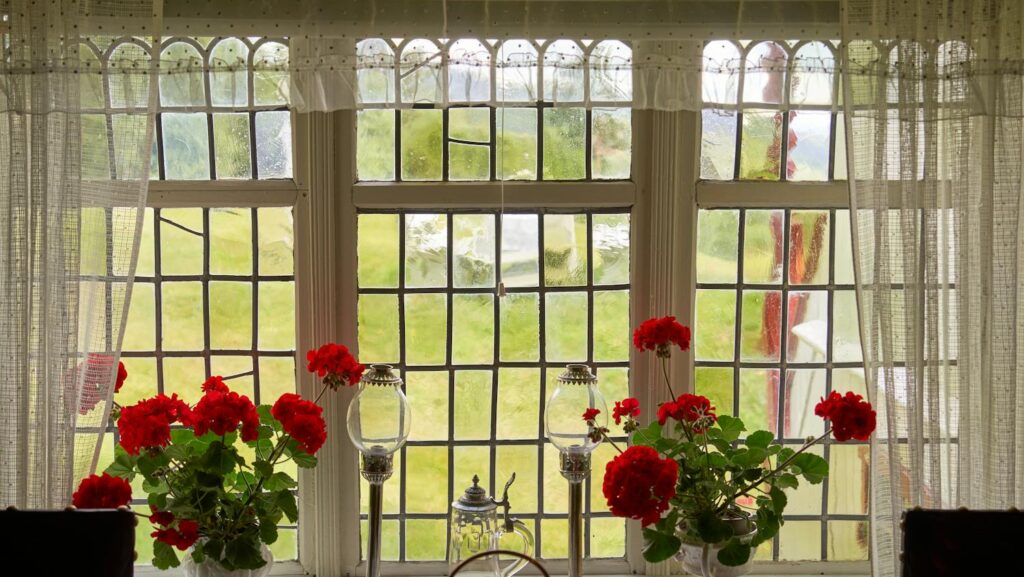
Visual markers represent the gold standard for preventing bird-window collisions by making glass visible to birds while maintaining visibility for humans. Research shows that markers must follow the “2×4 rule”—spacing no more than 2 inches apart horizontally or 4 inches apart vertically to effectively deter birds. Vertical patterns tend to outperform horizontal ones as they intersect birds’ typical flight paths more effectively. The markers need not be obtrusive; even subtle patterns visible to birds can dramatically reduce collisions while maintaining your home’s aesthetic appeal. Contemporary solutions include dots, stripes, or decorative patterns in frost, ceramic frit, or film applications that are highly visible to birds while remaining visually pleasing to human occupants. The key is consistency in coverage, as gaps larger than the recommended dimensions can still create perceived flight paths for birds.
Window Films and Decals: Aesthetic Options
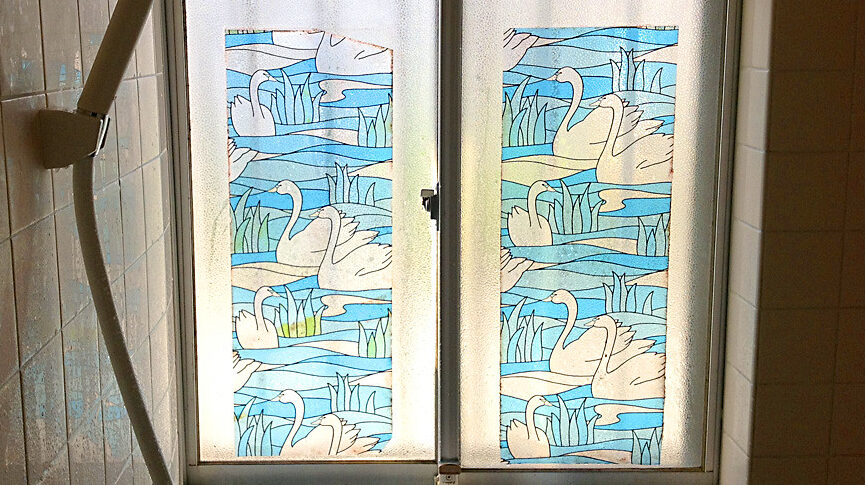
Modern window films and decals offer aesthetically pleasing solutions that effectively prevent bird strikes while enhancing your home’s appearance. These products range from nearly invisible ultraviolet (UV) films—visible to birds but barely perceptible to humans—to decorative options featuring artistic patterns, frosted designs, or stained glass effects that transform ordinary windows into decorative features. Many manufacturers now offer bird-friendly films specifically designed to meet the 2×4 rule while complementing various architectural styles. Installation is typically straightforward, requiring basic tools and cleaning supplies, with most products designed to adhere without adhesives for easy seasonal adjustment or removal. When shopping for these products, look specifically for those tested and proven effective for bird collision prevention, as not all decorative window films provide adequate protection despite marketing claims.
External Screens and Netting: Dual-Purpose Protection
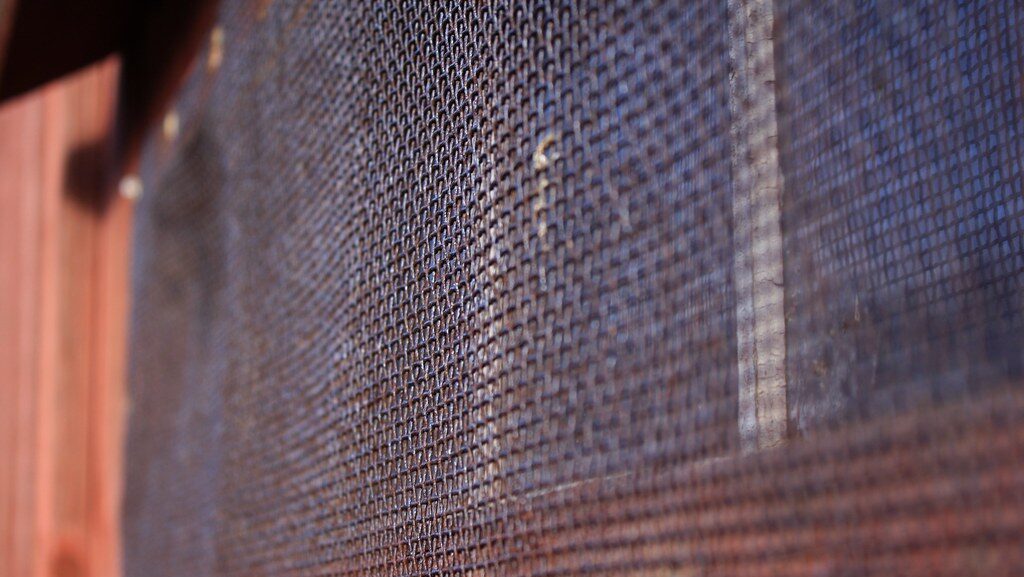
External screens and netting provide excellent bird collision prevention while offering additional benefits for homeowners. Traditional window screens reduce reflections and create a visible barrier that birds recognize, reducing collisions by up to 90% according to some studies. Beyond bird protection, screens provide insect control, enhance energy efficiency, and can even offer UV protection for your home’s interior. Decorative options include ornamental metal screens with artistic patterns that add architectural interest to your home’s exterior. Specialized bird-safety netting, made from nearly invisible black nylon, can be installed several inches from the window surface, providing a gentle “trampoline” effect if birds do fly toward the glass. These external solutions work exceptionally well for large picture windows or sliding doors where internal treatments might be impractical.
Strategic Landscaping for Bird Safety
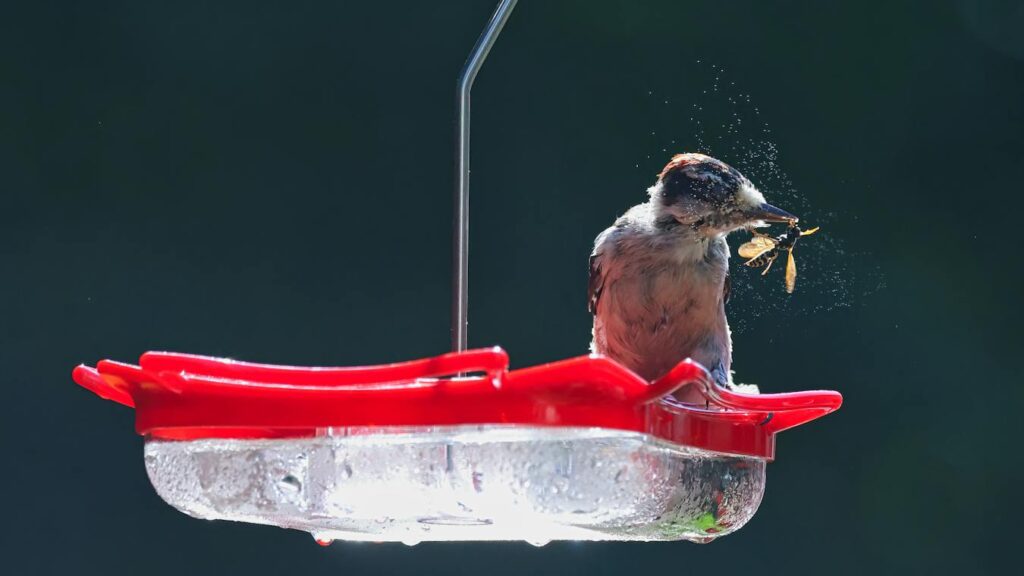
Thoughtful landscaping can significantly reduce bird collisions while enhancing your property’s beauty and ecological value. By positioning bird feeders and birdbaths either within three feet of windows or more than 30 feet away, you create either safe zones where birds cannot gain enough momentum for harmful collisions or distances that allow birds to recognize windows as barriers. Placing trees and shrubs at appropriate distances from windows prevents birds from mistaking reflected vegetation for real habitat. Consider designing your landscape to create defined flight corridors that naturally guide birds away from hazardous windows. Native plantings not only support local bird populations but can be strategically placed to reduce window approaches from high-risk angles. This holistic approach transforms your yard into both a bird haven and a safety buffer zone that reduces collision risks.
Seasonal Considerations for Bird Window Safety
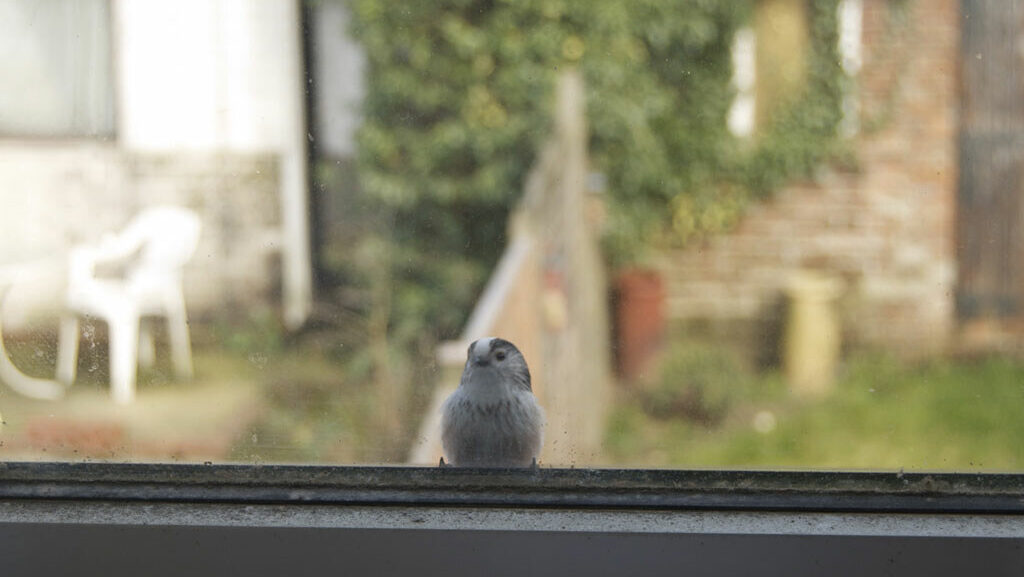
Bird collision risks fluctuate throughout the year, requiring adaptable window protection strategies to address seasonal changes. Spring and fall migration periods represent peak danger times when unfamiliar birds pass through your area, necessitating temporary increases in window protection measures. During breeding season (typically spring and early summer), territorial birds may attack their own reflections, making anti-reflection measures particularly important. Winter presents unique challenges in northern regions, where bird feeders attract hungry birds to homes with potentially hazardous windows. Weather considerations also affect your choice of materials—some temporary solutions like soap streaks or washable markers might require frequent reapplication during rainy seasons. Creating a seasonal protection calendar can help you anticipate and address changing collision risks throughout the year while maintaining your home’s appearance.
DIY Solutions on a Budget
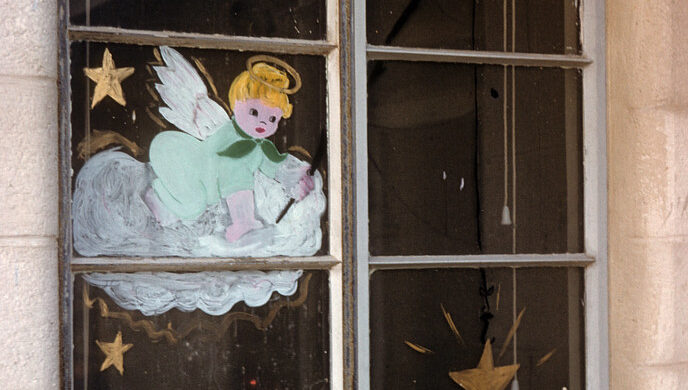
Creating bird-safe windows doesn’t have to strain your finances, as numerous effective DIY solutions can be implemented with common household materials. Tempera paint applied in patterns following the 2×4 rule creates temporary, washable window markers that are especially useful during migration seasons. Paracord or string hanging externally at 4-inch intervals disrupts reflections while creating a rustic decorative element. Repurposing old CD discs by hanging them in front of windows provides moving, reflective deterrents that catch both bird attention and interesting light patterns inside your home. Even simple soap streaks applied with a partially dry bar of soap can create effective temporary markers during high-risk periods. These affordable approaches allow you to protect birds while experimenting with different aesthetic effects before investing in more permanent solutions.
High-Tech Window Solutions

Technological innovations are revolutionizing bird-safe window design with solutions that seamlessly blend protection and aesthetics. Fritted glass incorporates ceramic patterns fired directly into the glass during manufacturing, creating permanent bird-visible patterns that can be customized to complement architectural designs. Electrochromic “smart glass” adjusts transparency based on lighting conditions, reducing reflections during high-risk periods while maintaining optimal visibility and energy efficiency. UV-patterned glass, visible to birds but nearly imperceptible to humans, represents a breakthrough technology already adopted in commercial buildings and increasingly available for residential applications. These advanced options typically require installation during construction or window replacement, making them ideal considerations during renovations or new builds. Though higher in upfront cost, these integrated solutions offer superior aesthetics, durability, and maintenance-free protection.
Window Treatments That Protect Birds
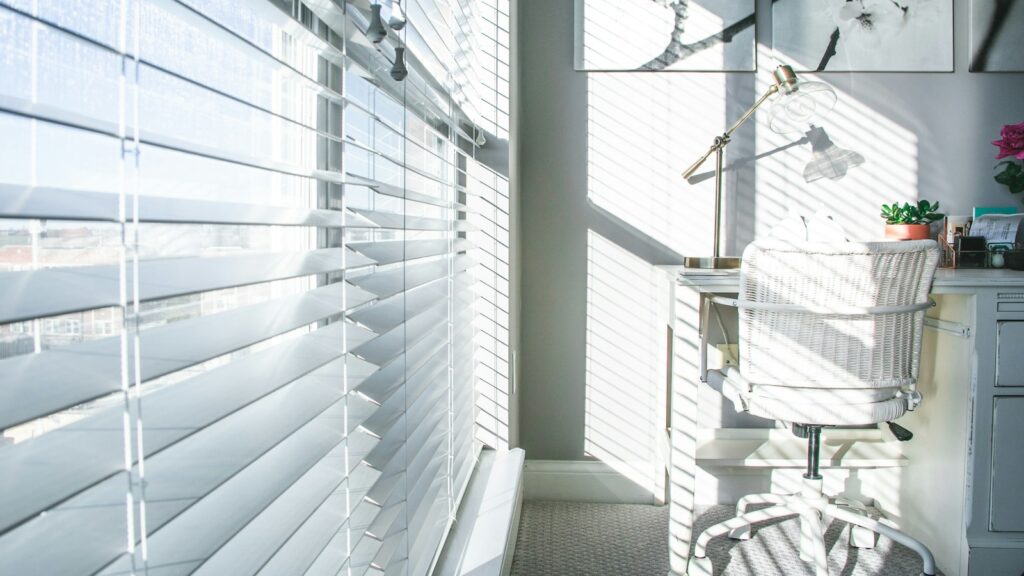
Interior window treatments can significantly reduce bird collisions while enhancing your home’s interior design and energy efficiency. Partially closed blinds, shutters, or curtains break up reflections and create visual barriers that birds can perceive, particularly when adjusted to leave distinctive patterns visible from outside. Specialized bird-friendly shades feature alternating opaque and transparent strips that appear solid to birds while preserving views and natural light for occupants. Roman shades, when partially lowered, create horizontal barriers that effectively alert birds to window surfaces. Beyond collision prevention, these treatments provide additional benefits including privacy, light control, and improved thermal efficiency. For optimal protection, interior treatments should be combined with external visual cues when possible, especially for highly reflective windows or during peak collision seasons.
Creating Bird-Friendly Lighting Schemes
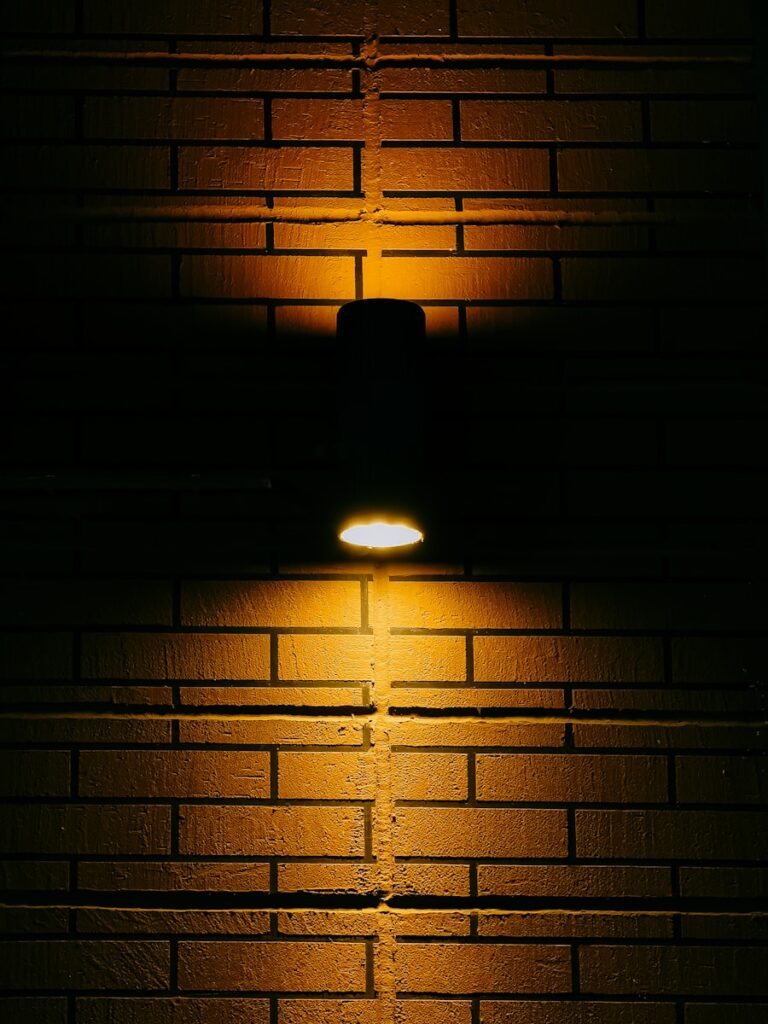
Thoughtful lighting design plays a crucial role in preventing nighttime bird collisions while creating an inviting ambiance for your home. Nocturnal migrants can become disoriented by bright interior lights shining through windows, particularly during spring and fall migration seasons. Implementing motion sensors for exterior lighting reduces unnecessary illumination while providing security when needed. Directing outdoor lighting downward rather than toward the sky or reflective surfaces helps maintain dark sky conditions that support natural bird navigation. Inside your home, installing dimmer switches allows adjustable lighting levels, while strategic lamp placement away from windows reduces the beacon effect that attracts birds. These lighting considerations not only protect birds but often reduce energy consumption and create more pleasant living environments with controlled, purposeful illumination rather than harsh, constant lighting.
Professional Installation Options
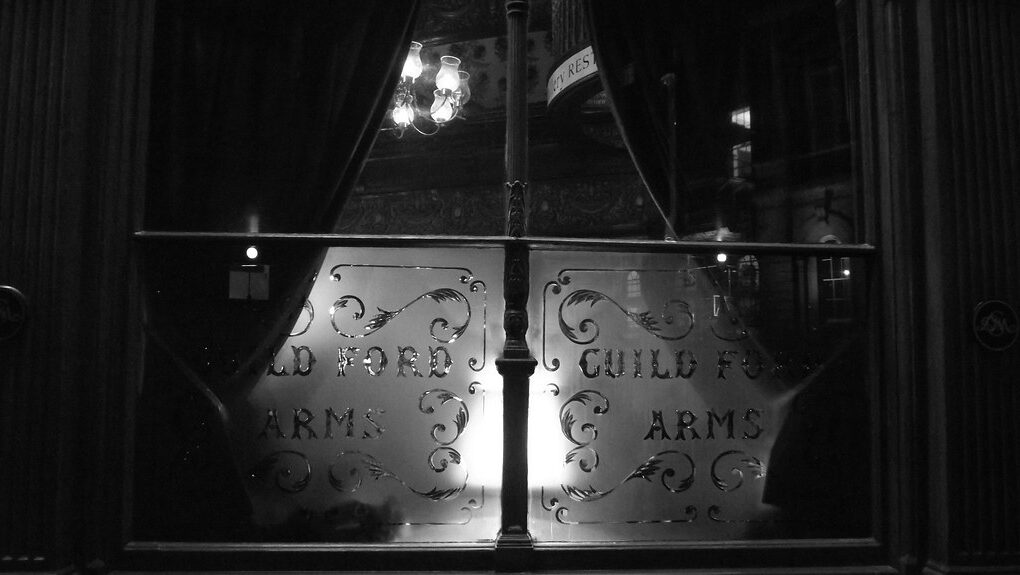
When DIY solutions aren’t feasible or you desire seamless integration with your home’s architecture, professional installation services offer expertise and access to specialized bird-safe window technologies. Many window companies now offer bird-friendly glass options for new installations or replacements, including fritted patterns, acid-etched designs, or UV-reflective technologies that can be customized to complement your home’s aesthetic. Professional installers can recommend optimal solutions based on your specific windows, local bird populations, and regional collision patterns. Installation services typically include assessment of your highest-risk windows, measurement for custom applications, and professional-grade materials that offer superior durability compared to consumer products. Though more expensive than DIY approaches, professional installation often provides warranty protection, guaranteed effectiveness, and integration with existing home systems like motorized blinds or smart home technology.
Monitoring and Improving Your Bird-Safe Windows
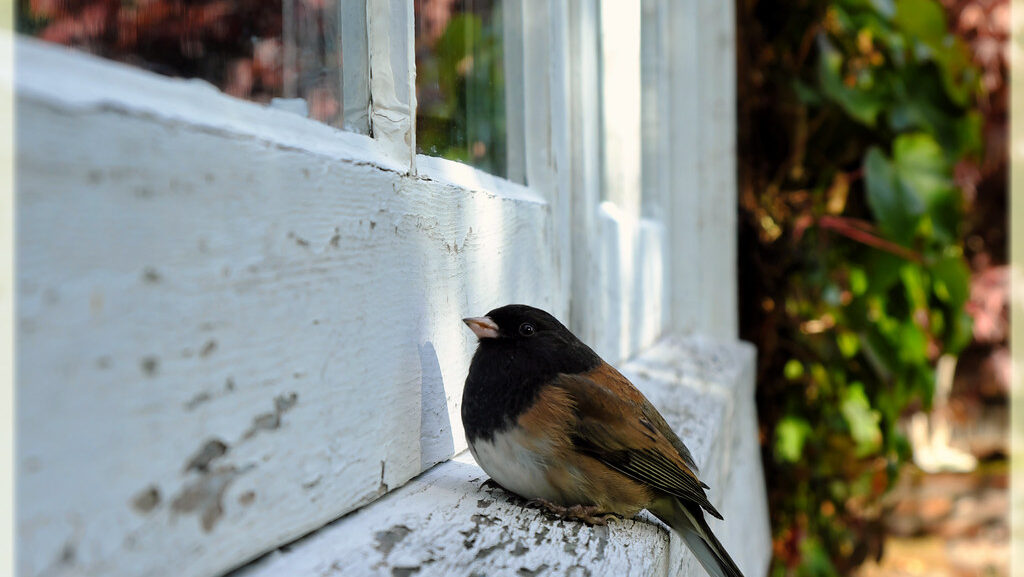
Creating truly effective bird-safe windows requires ongoing observation and willingness to adapt your approach based on results. Establishing a simple monitoring system helps track collision incidents and identify problematic windows that may need additional protection measures. Document any bird strikes, noting the time, weather conditions, and window location to recognize patterns that inform targeted improvements. Citizen science projects like those run by the Cornell Lab of Ornithology welcome collision data contributions that support broader research efforts. If you discover that certain solutions aren’t providing adequate protection, be prepared to layer multiple approaches for problematic windows. Remember that seasonal adjustments may be necessary as bird behaviors, populations, and migration patterns shift throughout the year. This adaptive management approach ensures continuous improvement in your bird protection efforts while allowing you to refine the aesthetic elements to better suit your home.
Conclusion
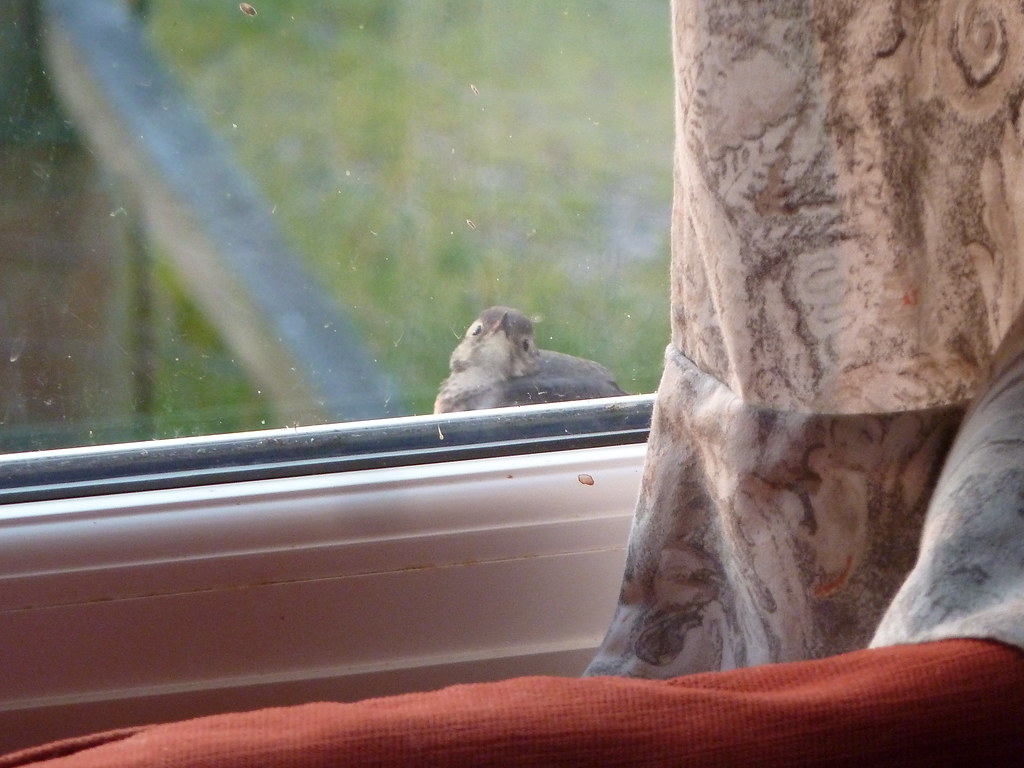
By implementing these bird-friendly window solutions, you’re not only protecting vulnerable bird populations but also enhancing your home with thoughtful, often beautiful modifications. The most effective approach typically combines multiple strategies tailored to your specific windows, local bird species, and aesthetic preferences. Whether you choose high-tech glass, decorative films, strategic landscaping, or simple DIY solutions, your efforts make a meaningful difference in bird conservation while potentially adding visual interest to your home. As awareness of bird-window collisions grows, these once-specialized modifications are increasingly becoming standard features of environmentally responsible home design—beautiful not just in appearance but in purpose.
